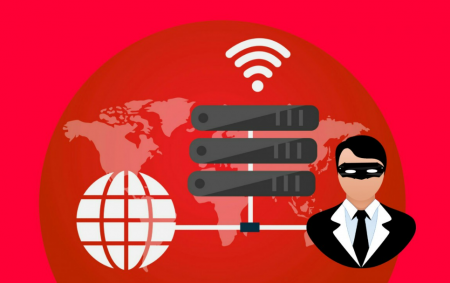Know the essential tips to safeguard your business from ransomware threats and secure valuable data effectively.
Ransomware is considered to be one of the formidable threats to cybersecurity. This is a type of malware that attacks computer systems and locks data, making its access possible only after the payment of the demanded ransom. In addition to monetary loss, organizations also face reputation and operational loss.
There are primarily two types of ransomware: locker ransomware that locks the victim out of the system and makes it impossible to launch the operating system, applications, and files. The other type is crypto ransomware. It is a subcategory of ransomware that locks a user’s files (as opposed to the entire system) via encryption and gets accessed using a decryption key. Both kinds require a ransom to reverse them and often use cryptocurrencies or other hard-to-trace means of payments.
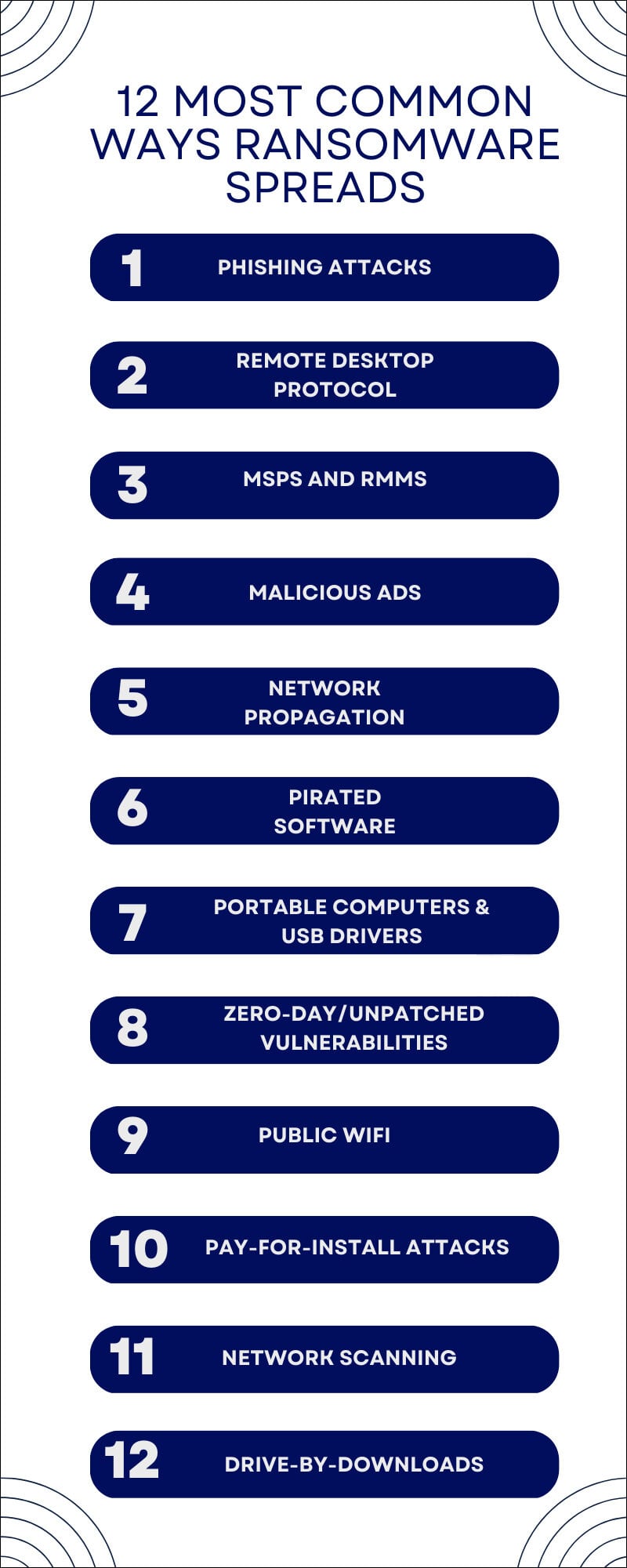
Techniques of Distributing Ransomware
Ransomware can infiltrate systems through several avenues.
The most common entry points are weak links. The primary type is the phishing emails with viruses in the attachments or in the links. Once the recipient opens the message and clicks on the malicious link or downloads the infected attachment, the ransomware is launched on the recipient’s computer.
Another method is the installation of ransomware by exploiting the weaknesses and vulnerabilities in software. Attackers locate these weak points and insert the ransomware.
Another popular technique is drive-by downloading, which is a situation where ransomware is installed on a user’s machine as soon as they accidentally access an unsafe website.
Other techniques also include the use of social engineering techniques and using infected applications and software.
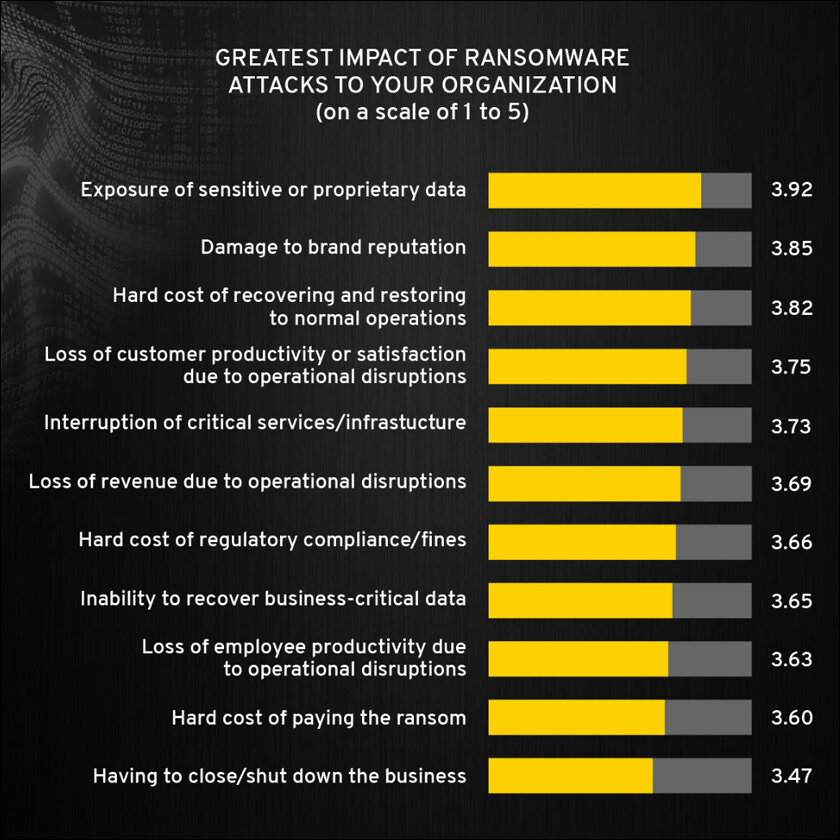
Impacts of Ransomware
Financial Losses
Ransomware attacks have an adverse impact on business entities financially. The expenses incurred entail the amounts shelled out for the ransom—depending on the result, the price paid for regaining access to data—and the operational losses of organizational downtime. Companies may need to spend huge amounts of money on IT services to delete ransomware and protect devices from future attacks. For small- to medium-sized organizations, these financial costs can be very devastating.
Reputational Damage and Loss of Trust
A ransomware attack can negatively affect the reputation of a firm and, in turn, scare away customers, vendors, and even clients. This leads to huge losses of business and reduction in customer loyalty because they see the company as having inadequately protected sensitive data.
Legal Implications
Some jurisdictions mandate companies to protect personal information, and these corporations risk getting penalties and sanctions if they do not meet these legal requirements. Also, organizations can be sued by individuals or firms that have been affected by the breach of data. Non-adherence to data protection regulations and security compliance are other major issues.
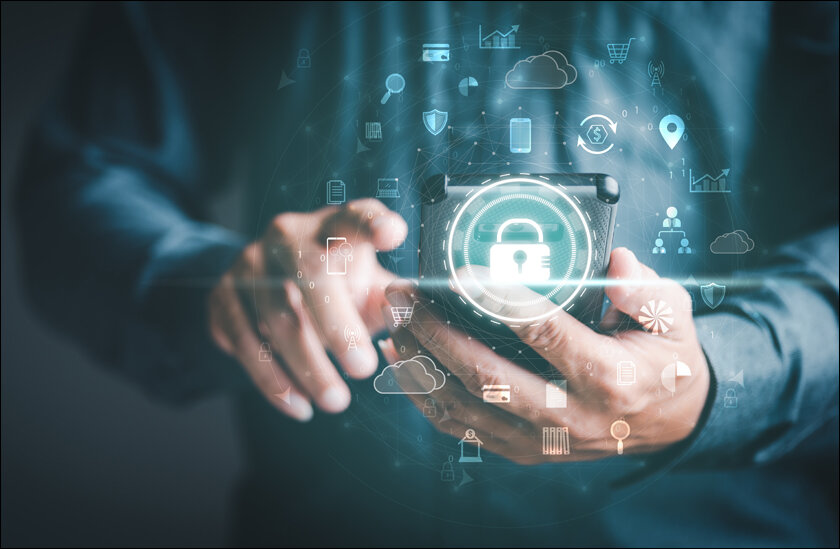
Prevention and Protection
Regular Data Backups
An essential operational practice is to always maintain the latest backups of data, which can help in recovering lost data in case of a ransomware attack.
Best practices include the 3-2-1 backup rule. Replicate your data three times, have two backups on different media, and one backup should be kept on a different media and in a different location. Schedule the data backup at regular intervals and then conduct tests to confirm the backup can be recovered.
Up-to-date Cybersecurity Measures
Frequent software and operating system upgrades and the use of the latest antivirus programs are all crucial. Using firewalls to ensure that anyone who has not been authorized to access your system does not do so and ensuring that you have reliable spam filters so that phishing emails with malware are detected are important. Organizations can expand their cyber protection with more comprehensive offerings such as endpoint detection and response (EDR) and network segmentation as part of their defense against ransomware attacks.
Training Employees on the Best Practices of Cybersecurity
Training employees adequately and constantly can dramatically lower the possibilities of ransomware attacks. Teach your staff about common phishing emails, the fact that they should not download attachments from such emails, and the need to use passwords that are difficult to guess. Other possible exercises that may also be beneficial for employees are constant simulations of ransomware incidents, so employees would know how to respond if they are ever faced with a real-life situation.
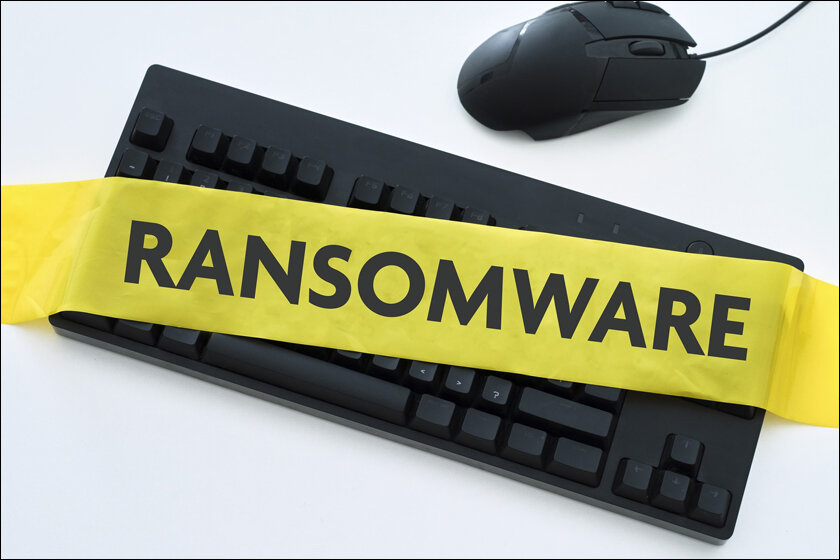
How to Respond to a Ransomware Attack
Incident Response Plan
Ransomware attacks are best tackled through the existence of incident response plans. Such plans should describe how infected systems are isolated, the extent of the compromise, and data restoration from backups; they should also outline the roles and responsibilities of everyone in the organization during an attack. Periodic mock drills would make the response quicker and more synchronized, which decreases the impact and recovery time.
Communication Strategies
During a ransom cage crisis, clear and efficient communication is critical. Internally, communicate with employees regarding events that are taking place and what measures they should take in order to help prevent the further spread and the restoration of damages; externally, communicate with stakeholders, clients, and the general public (if needed).
Involving Law Enforcement
Typically, law enforcement agencies should be kept in the loop in case of a ransomware attack. Their assistance and resources can help in handling the attack. They can also work with other agencies to track attackers. Reporting the crime to the authorities can also improve legal positions and, in some cases, lead to the recovery of the ransom under certain circumstances.
Awareness and readiness are key here. Knowing about ransomware and other cyber threats is crucial in preventing them from ruining businesses and compromising their data. Guard your vital information by enhancing your cyber hygiene, and reduce your chances of falling prey to cyber criminals and hackers.
In case you missed:
- Understanding Phishing Attacks
- Securing the Digital Transformation Journey: Cybersecurity Pitfalls to Avoid
- Common Data Protection Mistakes Businesses Must Avoid
- Top 5 Cloud Security Threats and How to Combat Them
- Supply Chain Attacks: Recognizing and Preventing Risks from Third Parties
- AI-Powered Cybersecurity: How Machine Learning is Revolutionizing Threat Detection
- The Human Element: Why Security Awareness Training is Critical for Every Organization
- Zero Trust Security
- Safeguarding Remote Workforce: Data Protection Measures
- Incident Response and Disaster Recovery: Preparing for the Worst-Case Scenario






